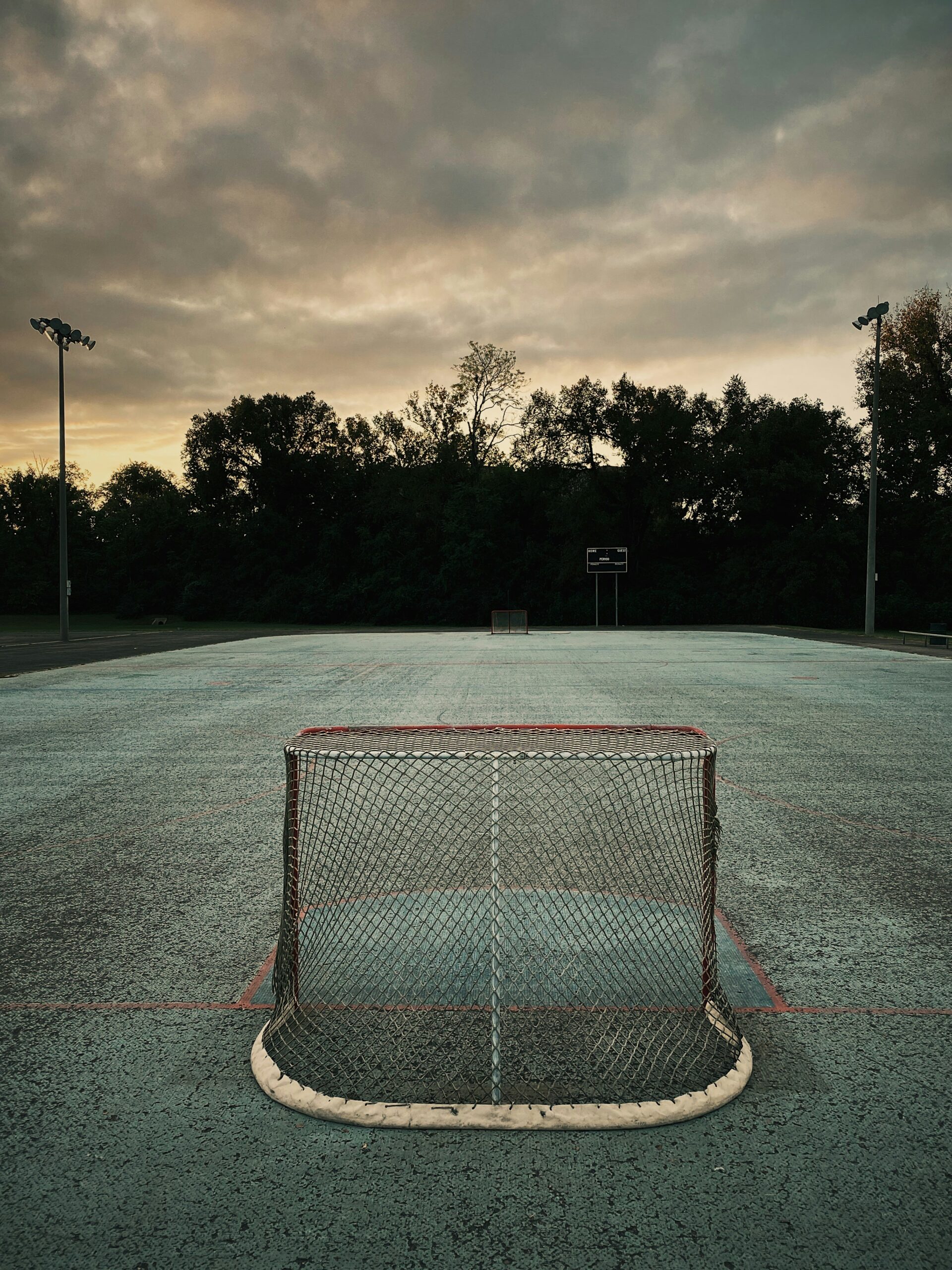Quick passing is the key to success in small-sided lacrosse games, where limited space and shortened reaction times create intense, fast-paced action. In these condensed formats, players must make split-second decisions while maintaining accuracy under constant pressure from nearby defenders.
Developing fast, accurate passing skills gives youth and beginner players a significant competitive advantage in small-sided games. Players who can move the ball quickly create scoring opportunities, keep possession longer, and put constant pressure on defensive units. The ability to make rapid, precise passes often separates winning teams from losing ones in tight-space lacrosse.
This guide provides specific drills and techniques designed to improve passing speed, accuracy, and teamwork in small-sided play. These exercises will help players develop the quick decision-making and ball movement skills that translate directly to game success, whether in 3v3 tournaments, box lacrosse, or condensed practice scrimmages.
Fundamentals of a Quick Pass
Proper technique forms the foundation of effective quick passing. Players need optimal grip, stance, and body positioning to generate both control and speed in their passes.
Grip and stick positioning should allow for instant release without telegraph preparation. Keep hands appropriately spaced on the stick with a firm but flexible grip that allows for quick wrist snap. The stick should be held in a ready position that doesn’t require major adjustment before passing.
Stance and body positioning must support quick, accurate throws in any direction. Maintain an athletic stance with knees slightly bent and feet positioned for quick pivots. The body should be balanced and ready to throw without requiring extra steps or major weight shifts.
Eye contact and timing with teammates are crucial for successful quick passes. Players must develop the ability to read teammates’ positioning and movement patterns, anticipating where they’ll be rather than where they are. Quick eye contact confirms the pass without telegraphing to defenders.
Types of passes commonly used in small-sided play include:
- Chest pass for direct, quick transfers
- Bounce passes to get around or under defensive sticks
- Skip passes to move the ball quickly across the field.
Each pass type serves specific purposes in tight-space situations.
Common mistakes to avoid include telegraphing passes with obvious wind-ups, overpassing beyond teammates’ ability to handle, and poor follow-through that reduces accuracy. Young players often rush their passes without proper technique, leading to turnovers in critical moments.
Drill 1 – Rapid-Fire Passing
This foundational drill builds the hand speed and accuracy needed for quick passing under pressure.
Setup: Pair players 5-10 yards apart facing each other. Start with comfortable spacing and gradually decrease distance as skills improve.
Execution: Players make quick, continuous passes with minimal pause between catches and throws. Emphasize speed while maintaining accuracy. Each catch should immediately flow into the next pass without cradling or repositioning.
Focus on proper technique even at high speed. Players should maintain good form, eye contact, and follow-through on every pass. Count completed passes to track improvement and add competitive elements.
Variations: Add a third player positioned between the original pair to simulate defensive pressure. The middle player applies passive pressure without attempting to intercept, forcing the passers to work around the defender. Progress to active defensive pressure as skills develop.
Drill 2 – Pass-and-Move Circuits
This drill combines quick passing with movement, simulating game situations where players must pass and relocate immediately.
Setup: Create a small triangle or square using cones, with players starting at each position. Keep the area compact to simulate small-sided game conditions.
Execution: Players pass the ball and immediately move to a new position within the circuit. The receiving player must catch and pass quickly while the original passer moves to an open spot. This creates constant movement and forces players to find each other while moving.
Focus areas include passing on the run, movement without the ball, and continuous communication. Players must call for passes and alert teammates to open spaces. The drill develops the coordination needed for effective ball movement in games.
Progress the drill by adding defensive pressure, reducing the circuit size, or requiring specific numbers of touches. These variations increase difficulty while maintaining focus on quick ball movement.
Drill 3 – Pressure Passing Game
This competitive drill simulates real game pressure while emphasizing quick passing under defensive coverage.
Setup: Create a small-sided scrimmage (3v3 or 4v4) within a tight space, roughly half the size of a normal playing area.
Objective: Teams must complete a predetermined number of passes (5-8) without turnovers before attempting to score. This forces teams to prioritize quick ball movement over individual play.
Rules: Count passes out loud to add pressure and accountability. Reset the count after turnovers or unsuccessful scoring attempts. Vary the required number of passes based on skill level and success rate.
Benefits: This drill builds decision-making speed, teamwork, and composure under pressure. Players learn to value possession and develop patience in their offensive approach. The competitive element keeps players engaged while working on essential skills.
Integrating Quick-Passing Into Practice
Consistency in training is more valuable than occasional long sessions. Incorporate short, focused passing segments into multiple practices per week rather than dedicating entire sessions to passing work.
Progression strategies should gradually increase pressure and reduce available space as players improve. Start with unopposed passing, add passive pressure, then progress to active defensive challenges. This systematic approach builds confidence while developing skills.
Tracking improvement helps maintain motivation and identifies areas needing work. Count completed passes in timed intervals, track successful plays per drill, or measure pass accuracy percentages. Concrete metrics help players see their progress over time.
Create variety in passing drills to maintain player interest and address different game situations. Mix rapid-fire drills with movement-based exercises and competitive games to keep players engaged while building comprehensive passing skills.
Conclusion
Quick passing in small-sided lacrosse games improves player speed, accuracy, and teamwork while building essential game awareness. Regular practice of these focused drills develops the confidence and decision-making abilities young players need to excel in fast-paced, tight-space situations. Remember that small improvements in passing efficiency can create dramatic improvements in overall team performance and individual player development.
Want to take quick-passing skills to the next level? Athletes Untapped helps youth lacrosse players connect with private lacrosse coaches for personalized training. With one-on-one guidance, athletes can sharpen passing technique, reaction time, and strategic decision-making.




